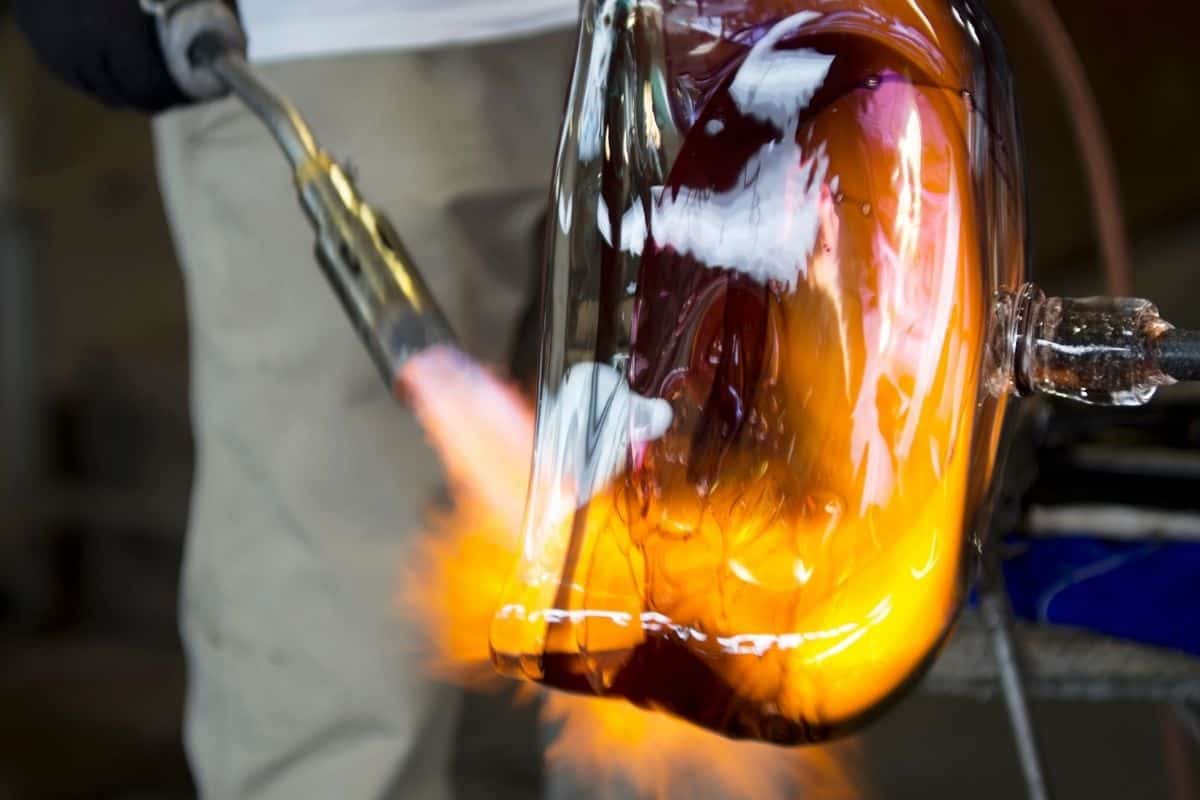

Tableware
Why Does Crystal Glass Contain Lead?
Modified: August 18, 2024
Find out why crystal glassware contains lead and how it affects your tableware. Discover the risks and alternatives for safer dining experiences.
(Many of the links in this article redirect to a specific reviewed product. Your purchase of these products through affiliate links helps to generate commission for Storables.com, at no extra cost. Learn more)
Introduction
When it comes to tableware, few materials exude elegance and sophistication quite like crystal glass. Its sparkling clarity and beautiful designs make it a favored choice for special occasions and upscale dining. However, you may have heard concerns about the presence of lead in crystal glass and wondered why it is used and if it poses any health risks.
In this article, we will delve into the world of crystal glass and explore the reasons behind its lead content. We will also examine the historical use of lead in glassmaking, the benefits and characteristics of lead crystal, as well as the health concerns associated with lead in crystal glass. Finally, we will explore the current regulations and safety standards, as well as alternatives to lead in crystal glassmaking.
So, grab a cup of tea, sit back, and let’s explore the fascinating world of crystal glass and the role of lead within it.
Key Takeaways:
- Lead crystal glass enhances elegance with its brilliance, but precautions are necessary to minimize lead exposure, especially for vulnerable populations like pregnant women and young children.
- Manufacturers are developing lead-free alternatives like barium crystal and zinc crystal, prioritizing safety without compromising the beauty and allure of crystal glassware.
Read more: Why Are Crystal Glasses Used For Whisky?
Understanding Lead in Crystal Glass
Before we delve into the specifics of lead in crystal glass, let’s first understand what crystal glass is. Crystal glass is a high-quality glass that is crafted with a combination of silica, soda, and lime. What sets it apart from regular glass is the addition of lead oxide during the manufacturing process, typically at a concentration of around 24%.
The primary reason for adding lead to crystal glass is to enhance its optical properties. Lead oxide has a refractive index higher than other components of glass, which means it can bend and reflect light in a way that creates a brilliant sparkle and extraordinary clarity. This is why crystal glass is often chosen for luxury stemware, vases, and decorative items.
It’s important to note that the presence of lead does not make crystal glass harmful or toxic. Lead is incorporated into the glass matrix and is not easily leached or released as long as the glass remains intact and is used as intended. However, concerns arise when lead is released into food or beverages through prolonged contact or when crystal glass items are damaged or poorly manufactured.
Next, let’s explore the historical context of lead in glassmaking to gain a deeper understanding of its long-standing presence in the industry.
Historical Use of Lead in Glassmaking
The use of lead in glassmaking can be traced back thousands of years to ancient civilizations such as the Egyptians and Romans. These early artisans discovered that the addition of lead to glass not only improved its optical properties but also made it easier to work with due to its lower melting point.
During the Renaissance period, lead crystal glass became highly sought after in Europe. The Venetian glassmakers, in particular, perfected the art of creating intricate and delicate crystal glassware, which quickly gained popularity among the nobility and wealthy merchants.
In the 18th century, techniques for producing lead crystal glass were further refined, leading to the establishment of renowned glassworks in England, Bohemia, and France. These glass manufacturers developed iconic designs and patterns that are still beloved and collected today.
It’s worth noting that in earlier times, the dangers of lead exposure were not fully understood. Artisans who worked with lead in glassmaking were often exposed to its toxic effects, leading to chronic health issues. However, as scientific knowledge advanced, concerns about lead toxicity began to emerge, prompting the need for stricter regulations and safety standards.
Let’s now explore the benefits and characteristics of lead crystal glass, which have contributed to its enduring popularity.
Benefits and Characteristics of Lead Crystal
Lead crystal glass offers several unique benefits and characteristics that have contributed to its enduring popularity. Here are some of the key reasons why lead crystal is highly valued:
- Brilliance and Clarity: The refractive index of lead oxide in crystal glass enhances its brilliance, making it more radiant and sparkling compared to regular glass. The high lead content also contributes to its exceptional clarity, allowing light to pass through with minimal distortion.
- Weight and Sound: Lead crystal glassware has a certain weightiness to it, which adds to its perceived quality and luxurious feel. Additionally, when gently tapped, lead crystal produces a distinct, melodious sound that is beloved by connoisseurs.
- Durability: Crystal glass, with its lead content, is more durable and resilient than other types of glass. It is less prone to chipping or breaking, making it well-suited for everyday use and special occasions alike.
- Artistry and Craftsmanship: The addition of lead in crystal glass allows for intricate designs, elaborate patterns, and exquisite details to be etched or cut into the surface. Skilled artisans can create breathtaking works of art, transforming crystal glassware into true masterpieces.
- Prestige and Elegance: Throughout history, lead crystal has been associated with luxury and sophistication. Owning a piece of lead crystal glassware is seen as a status symbol and adds a touch of elegance to any table setting or decor.
While the benefits and allure of lead crystal glass are undeniable, it’s important to consider the potential health concerns associated with its lead content. Let’s explore this further in the next section.
When shopping for crystal glassware, look for lead-free options to avoid potential health risks associated with lead exposure. Lead crystal is often used for its brilliance and weight, but it’s important to prioritize safety when selecting glassware for your home.
Health Concerns Related to Lead in Crystal Glass
While lead crystal glass is generally safe to use for its intended purposes, there are some potential health concerns associated with prolonged exposure to high levels of lead. It’s important to understand these risks and take appropriate precautions. Here are the key health considerations related to lead in crystal glass:
- Lead Contamination: The main concern arises when acidic or alcoholic beverages are stored or served in crystal glassware for an extended period. These substances can cause lead to leach from the glass, increasing the risk of lead contamination. It is recommended to limit the contact time between acidic or alcoholic beverages and crystal glassware or opt for lead-free alternatives for long-term storage.
- Lead Absorption: If lead in crystal glassware comes into contact with food or beverages, there is a potential for small amounts of lead to be ingested. While the human body can naturally eliminate low levels of lead over time, repeated exposure to high levels can lead to lead accumulation and potential health effects.
- Vulnerable Populations: Infants, young children, and pregnant women are particularly susceptible to the harmful effects of lead. Even low levels of lead exposure can have detrimental effects on neurological development in young children and can pose risks to the developing fetus.
- Handling and Care: The potential for lead exposure also exists when crystal glassware is damaged or poorly manufactured. Cracks, chips, or worn areas can increase the likelihood of lead leaching into food or beverages. It is important to handle crystal glassware with care and inspect it regularly for any signs of damage.
It’s worth noting that the risk of lead exposure from normal use of lead crystal glassware is generally low. However, to minimize any potential health risks, it is recommended to follow safe handling and usage practices and opt for lead-free alternatives when storing acidic or alcoholic beverages for long periods.
Now, let’s explore the current regulations and safety standards surrounding lead in crystal glassware.
Read more: Why Is Tea Drunk From Crystal Glasses?
Current Regulations and Safety Standards
Due to the potential health risks associated with lead in crystal glass, various regulations and safety standards have been implemented to ensure the safety of consumers. These regulations aim to limit lead exposure and protect vulnerable populations from its harmful effects. Here are some key regulations and safety standards related to lead in crystal glass:
- Consumer Product Safety Improvement Act (CPSIA): In the United States, the CPSIA sets limits on the amount of lead allowed in children’s products. Crystal glassware intended for children must meet these strict standards to minimize the risk of lead exposure.
- European Union Directive: The European Union has implemented directives, such as the Restriction of Hazardous Substances (RoHS) Directive, which govern the use of certain hazardous substances, including lead, in electrical and electronic equipment. Crystal glassware falls under these regulations, ensuring that products meet specific requirements to protect consumers.
- Lead-Free Crystal: In response to growing concerns about lead in crystal glassware, many manufacturers now offer lead-free crystal options. These products are made using alternative materials, such as barium or potassium, to achieve similar optical properties without the use of lead.
- Industry Standards: Organizations such as the International Organization for Standardization (ISO) and the American Society for Testing and Materials (ASTM) have established standards for crystal glassware, including guidelines for lead content. These standards help manufacturers ensure the safety and compliance of their products.
It’s important to note that while these regulations and safety standards aim to minimize the risk of lead exposure, it’s still important for consumers to be informed and exercise caution when using crystal glassware, especially when handling or storing acidic or alcoholic beverages.
With the growing awareness of the potential health risks associated with lead, crystal glass manufacturers are exploring alternative materials and processes to create safer options without compromising the aesthetic qualities that make crystal glass so desirable. Let’s discuss some of these alternatives in the next section.
Alternatives to Lead in Crystal Glassmaking
As concerns about lead exposure in crystal glassware have grown, manufacturers have been working on developing alternative materials and processes to create lead-free crystal glass. These alternatives aim to provide the same brilliance, clarity, and elegance that have made lead crystal glass so popular, while eliminating the potential health risks associated with lead. Here are some of the alternatives to lead in crystal glassmaking:
- Barium Crystal: Barium crystal is one of the most common alternatives to lead in crystal glass. By replacing lead oxide with barium oxide, glassmakers can achieve similar optical properties and clarity. Barium crystal is known for its exceptional brilliance and is often indistinguishable from lead crystal glass.
- Potassium Crystal: Another alternative to lead crystal is potassium crystal. By substituting lead oxide with potassium oxide, glassmakers can create a safe and environmentally-friendly material. Potassium crystal offers excellent clarity and transparency, making it a popular choice for fine glassware.
- Titanium Crystal: Titanium crystal is a newer alternative that has gained attention for its exceptional durability and strength. By incorporating titanium dioxide into the glass composition, manufacturers can produce crystal glassware that is highly resistant to chipping and breaking, making it ideal for everyday use.
- Zinc Crystal: Zinc crystal is an emerging alternative that offers a cost-effective and lead-free solution. By using zinc oxide instead of lead oxide, glassmakers can produce crystal glassware with similar refractive properties and clarity. While still relatively new, zinc crystal shows promise in providing an alternative to traditional lead crystal.
These alternatives to lead in crystal glassmaking offer consumers a wide range of choices that prioritize both aesthetics and safety. It’s important to note that while these alternatives can provide similar visual qualities, there may be slight differences in terms of weight, sound, or durability compared to traditional lead crystal glass.
As demand for lead-free crystal glassware continues to grow, manufacturers are investing in research and development to refine these alternative materials and processes, ensuring that consumers can enjoy the beauty and elegance of crystal glass without any potential health risks.
Now that we have explored the alternatives to lead in crystal glassmaking, let’s wrap up our discussion.
Conclusion
Crystal glassware has long been revered for its exquisite beauty and timeless elegance. The addition of lead in traditional lead crystal has contributed to its unmatched brilliance and clarity, making it a popular choice for special occasions and luxury settings. However, concerns about lead exposure have prompted a closer look at its use in crystal glassmaking and the development of lead-free alternatives.
While lead crystal glassware is generally safe for normal use, precautions should be taken to minimize the risk of lead leaching into food or beverages, particularly with prolonged contact or damaged glassware. Pregnant women, young children, and infants are considered more vulnerable to lead’s potential health effects, so it is important to exercise caution when using crystal glassware around these populations.
To address these concerns, regulations and safety standards have been established to govern the use of lead in crystal glassware. These standards ensure that manufacturers comply with specific limits and guidelines to mitigate the risk of lead exposure. Additionally, lead-free alternatives, such as barium crystal, potassium crystal, titanium crystal, and zinc crystal, offer consumers a safe and environmentally-friendly option without compromising the beauty and allure of crystal glass.
The crystal glass industry continues to evolve, with ongoing research and development focusing on refining lead-free alternatives and improving manufacturing techniques. The goal is to provide consumers with crystal glassware that not only captivates the eye with its brilliance but also maintains the highest standards of safety and quality.
Ultimately, the choice between traditional lead crystal glass and lead-free alternatives depends on individual preferences, priorities, and awareness. By understanding the benefits, risks, and regulations surrounding lead in crystal glass, individuals can make informed decisions and enjoy the timeless elegance of crystal glassware with peace of mind.
So, as you sip from that lead crystal glass, take a moment to appreciate the craftsmanship and beauty it embodies, knowing that with responsible use and an eye for safety, you can continue to create cherished memories around the table for years to come.
Frequently Asked Questions about Why Does Crystal Glass Contain Lead?
Was this page helpful?
At Storables.com, we guarantee accurate and reliable information. Our content, validated by Expert Board Contributors, is crafted following stringent Editorial Policies. We're committed to providing you with well-researched, expert-backed insights for all your informational needs.
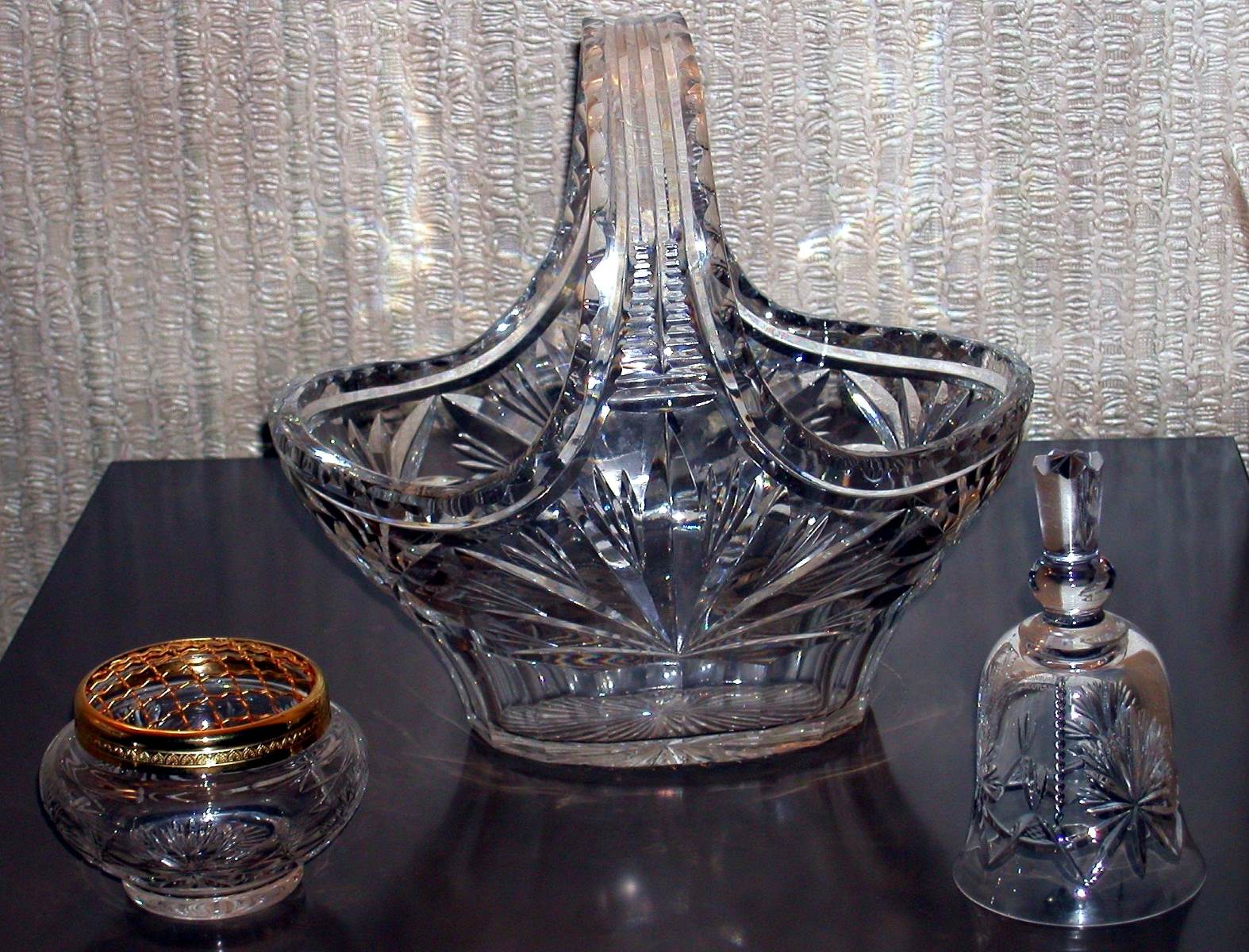
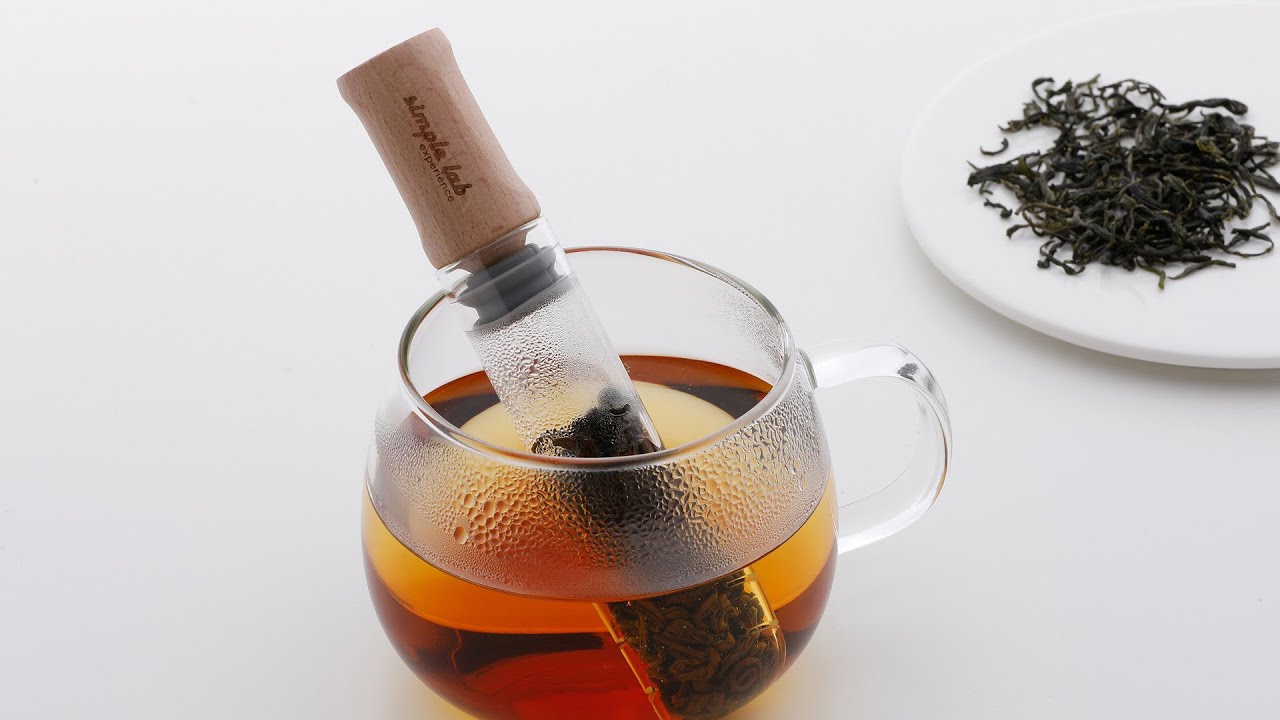

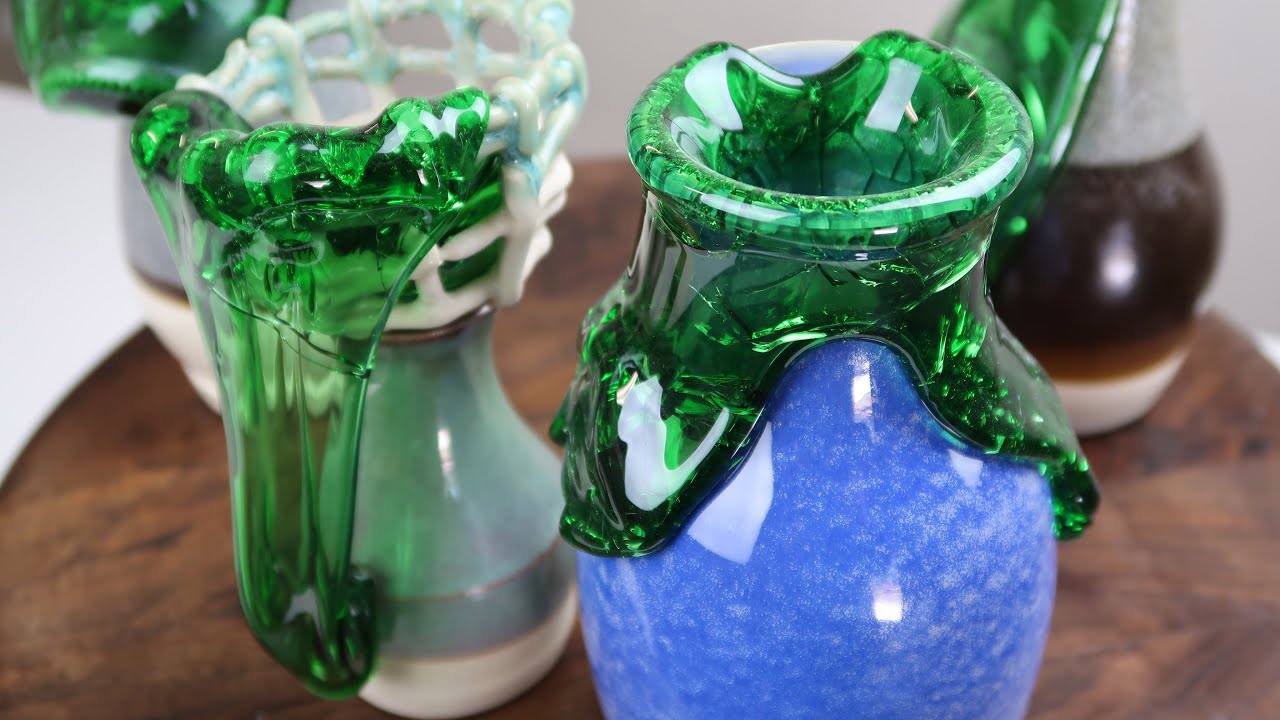
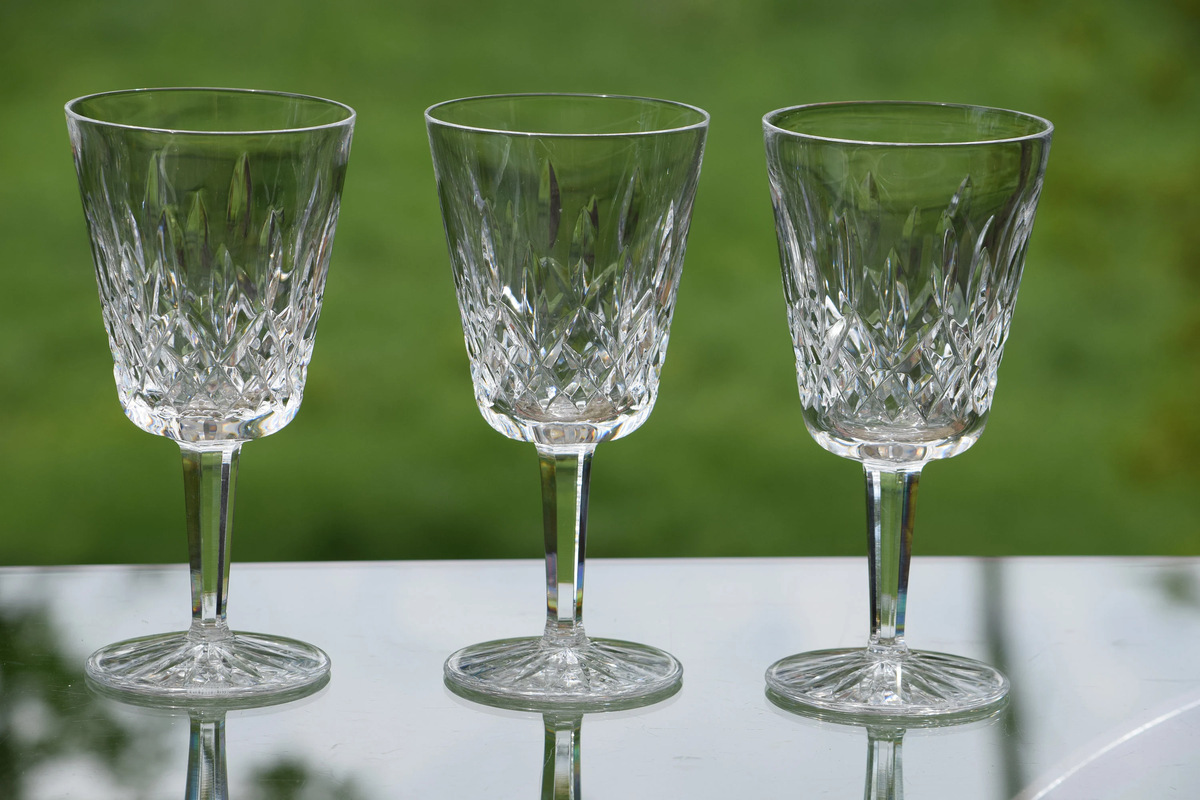
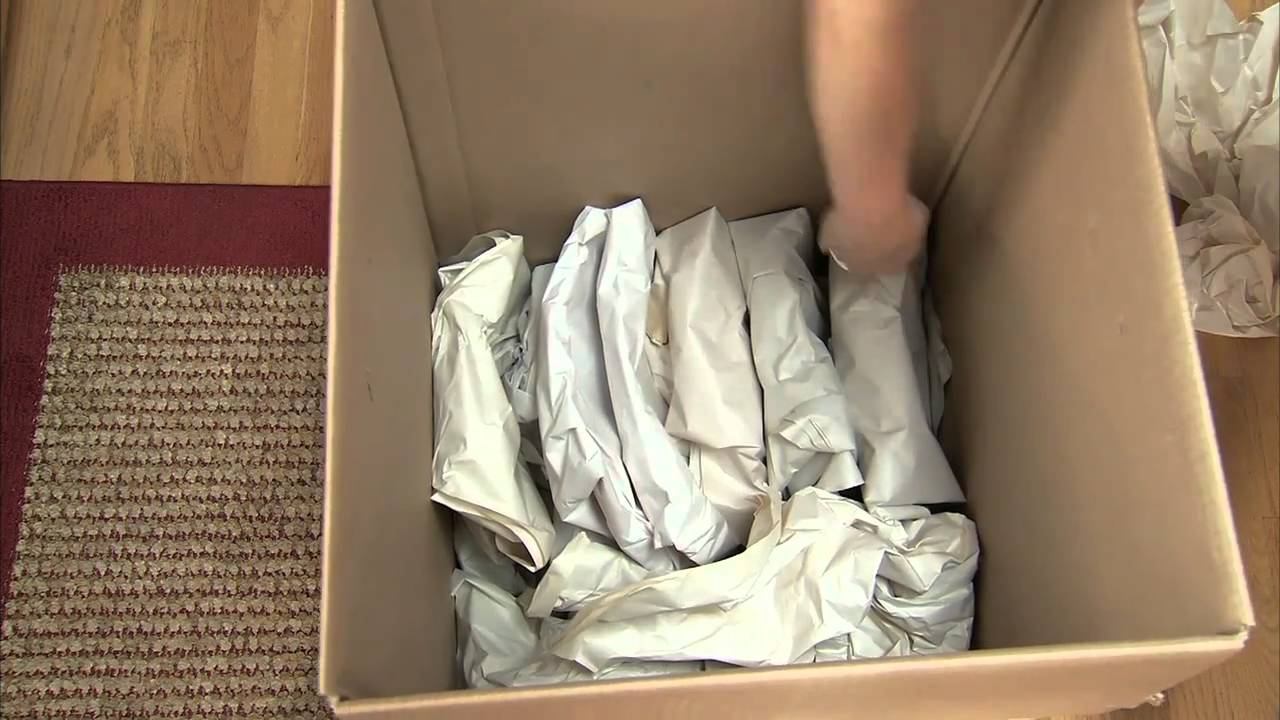
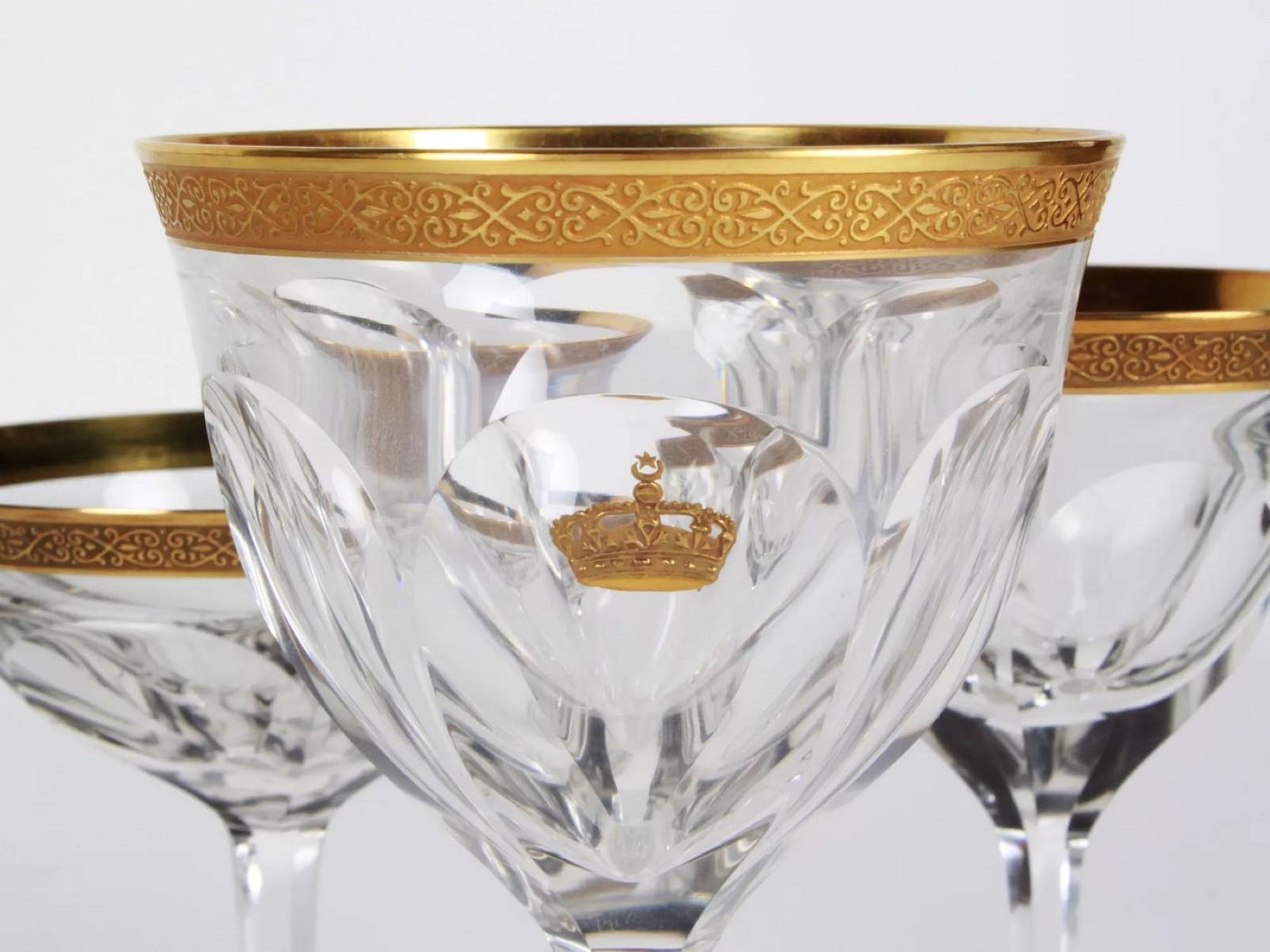
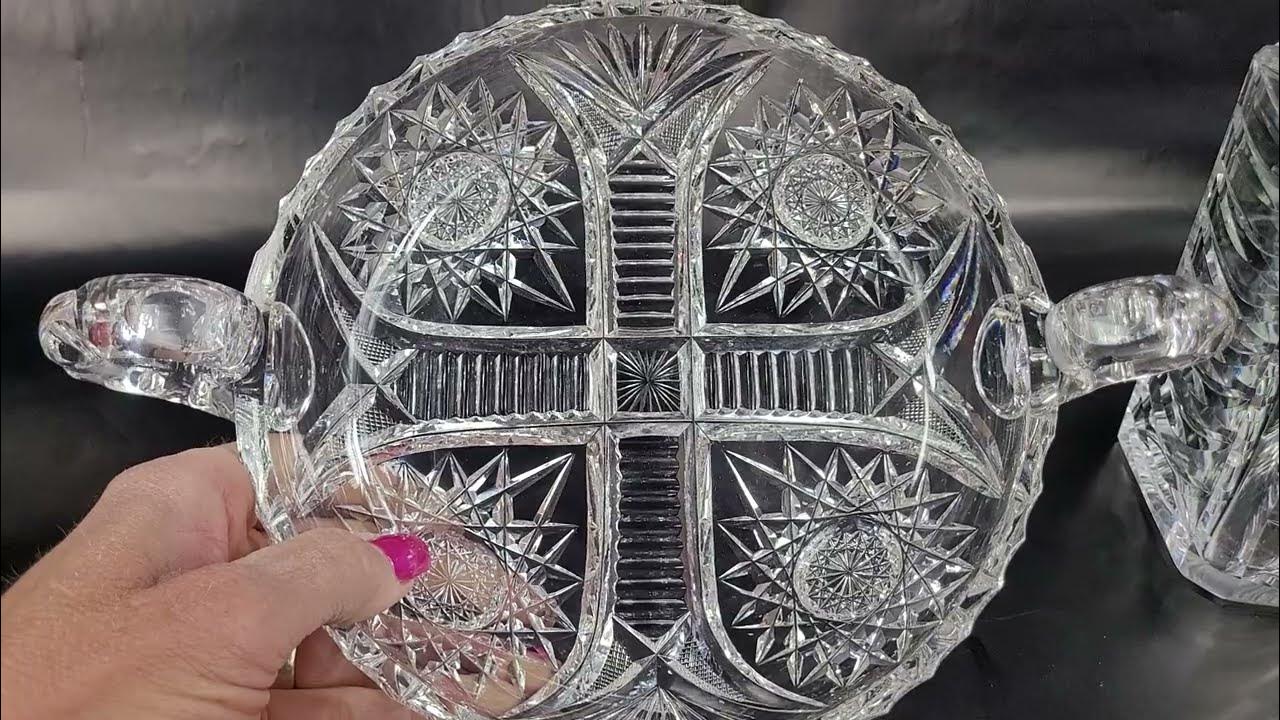
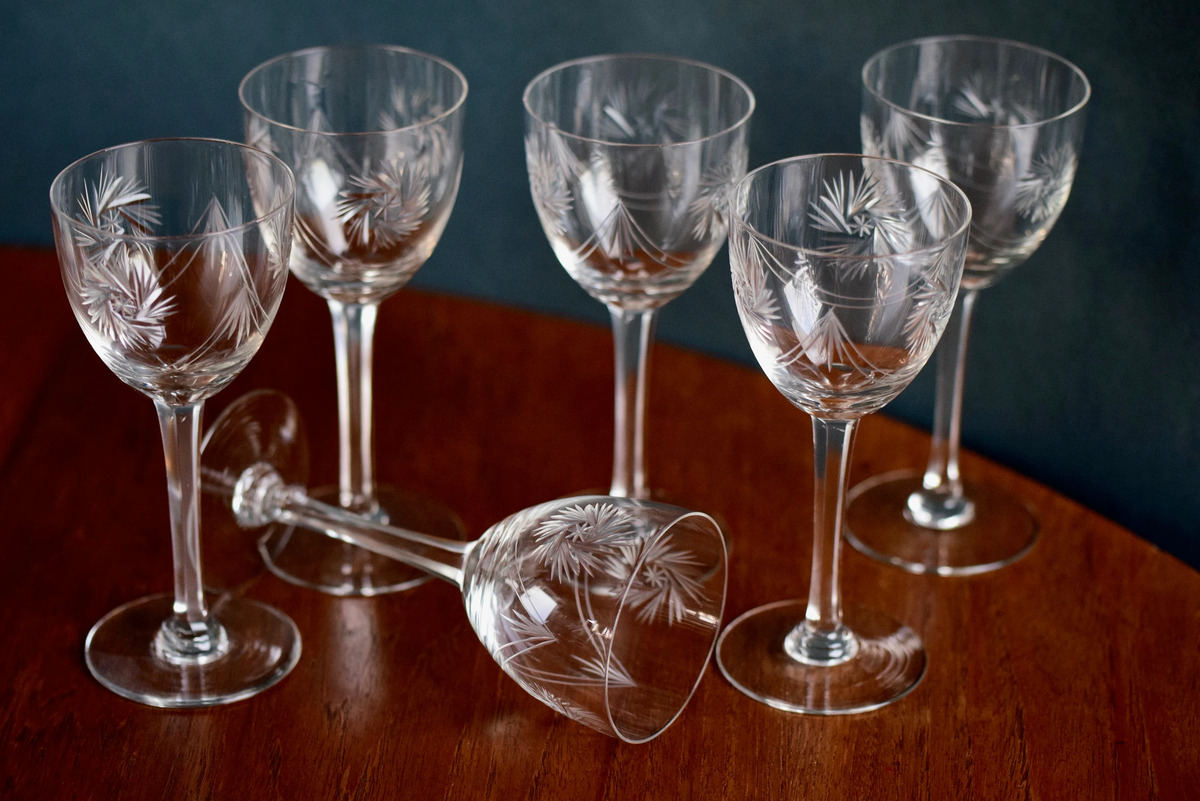
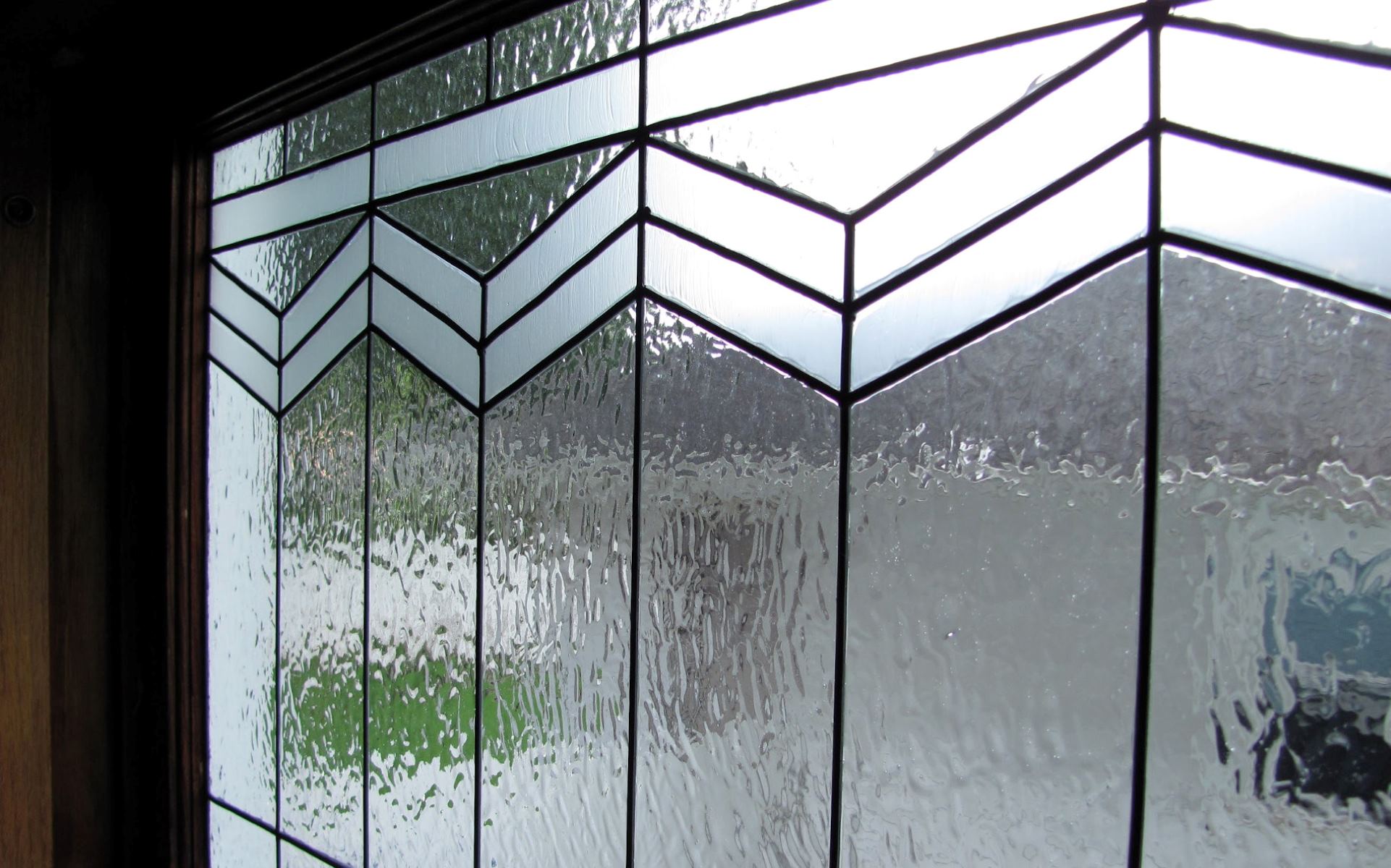
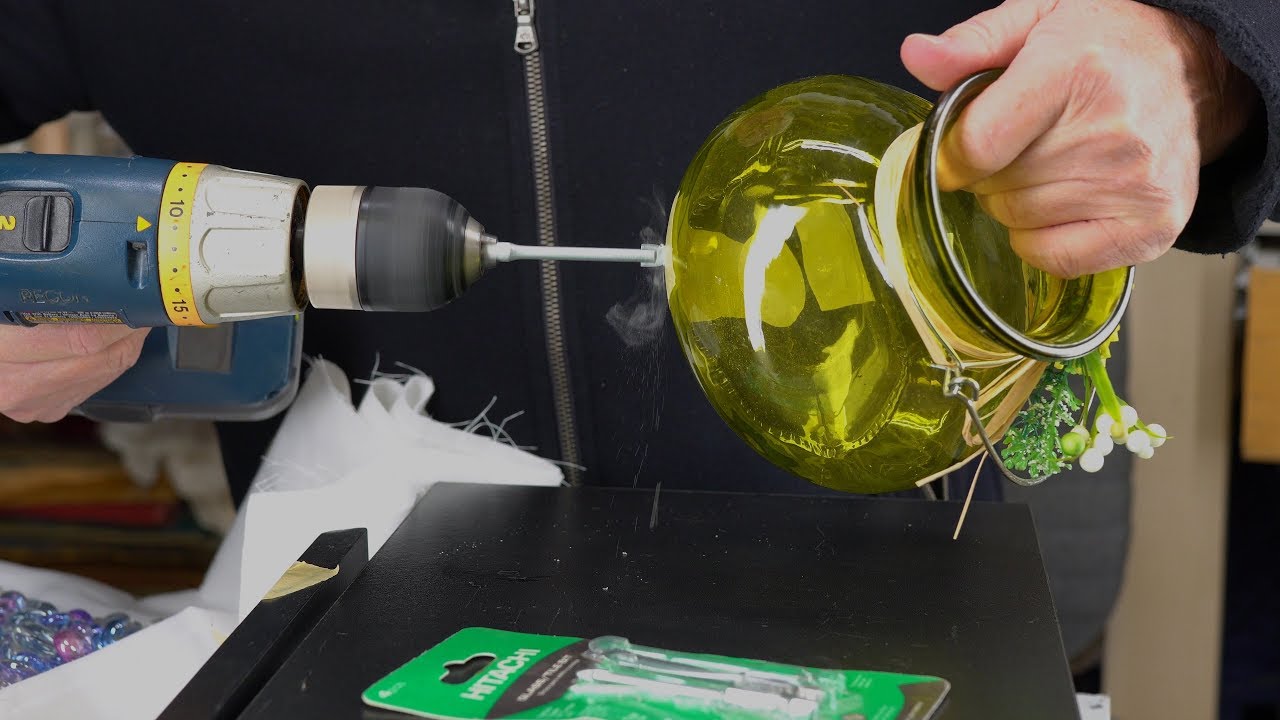
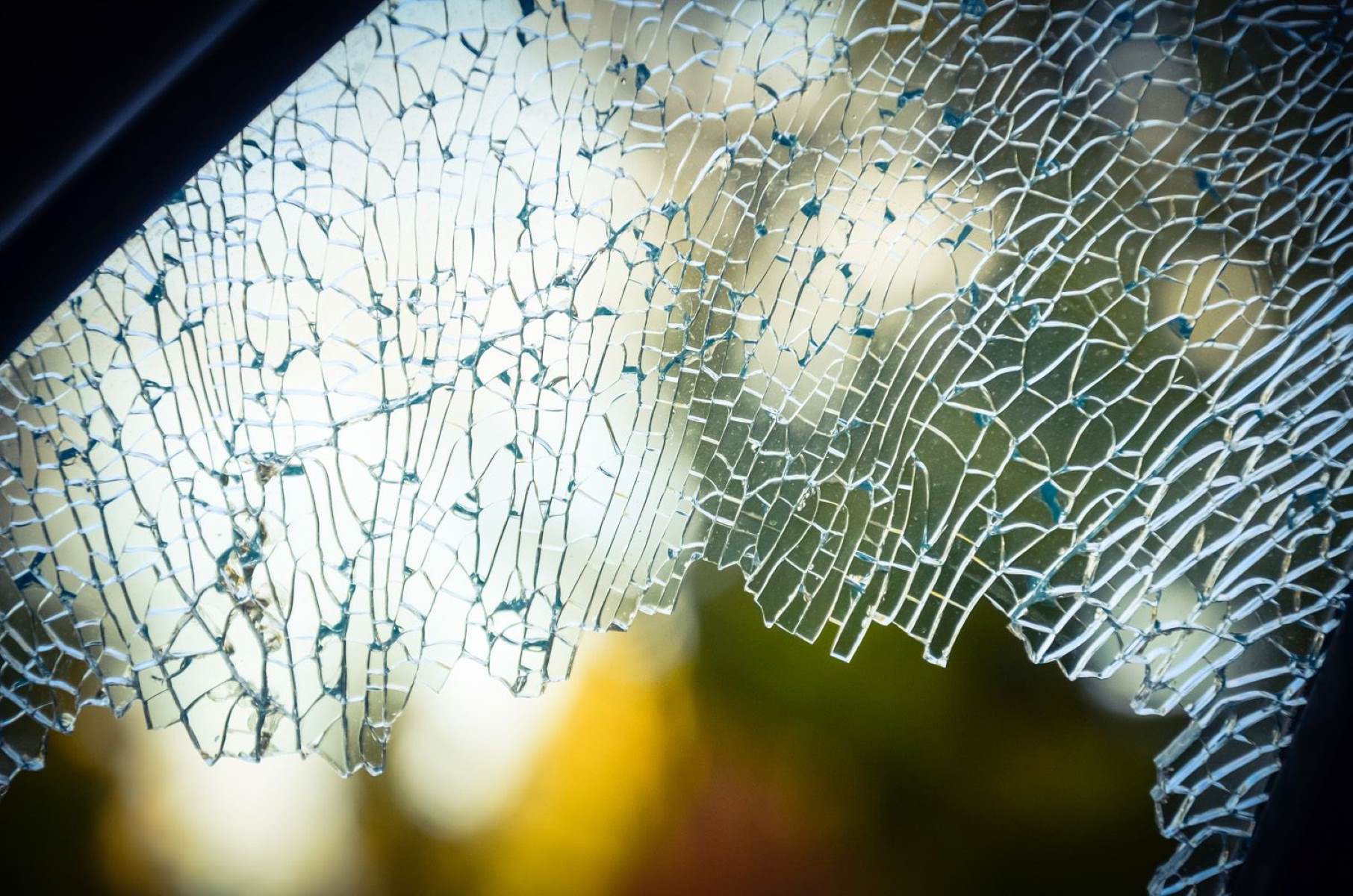
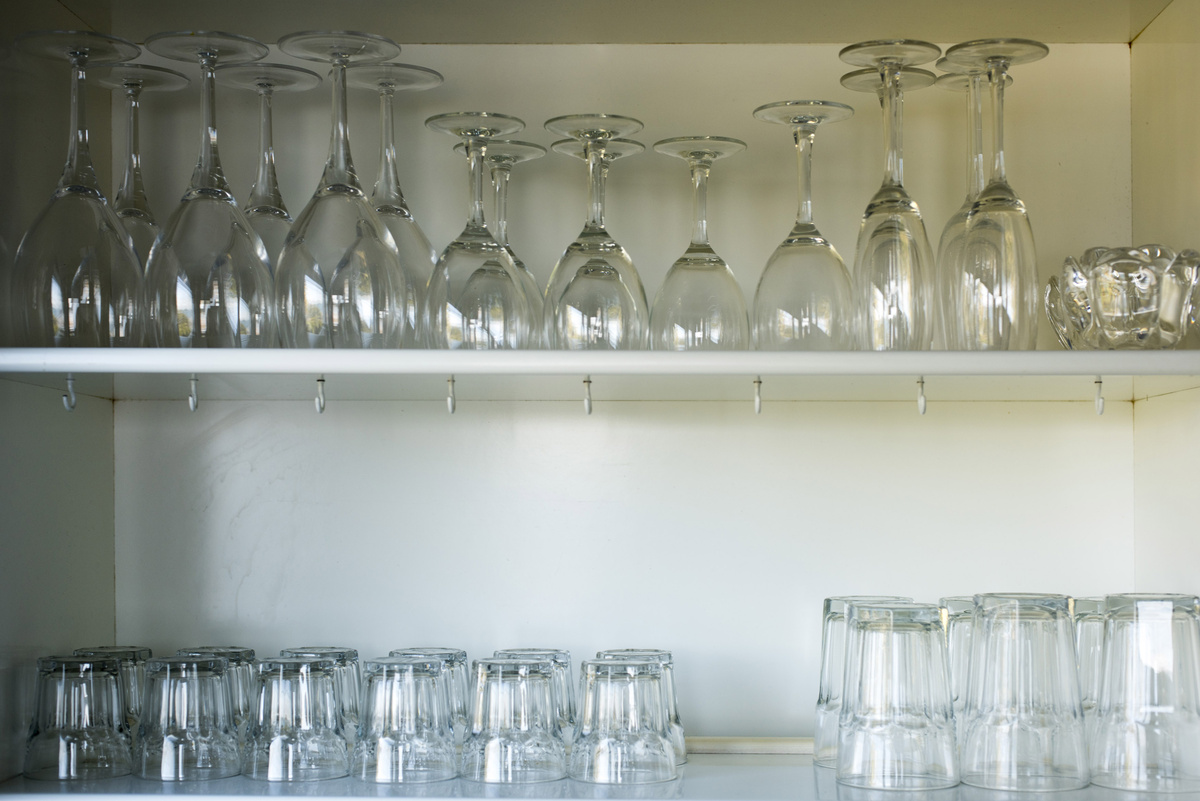
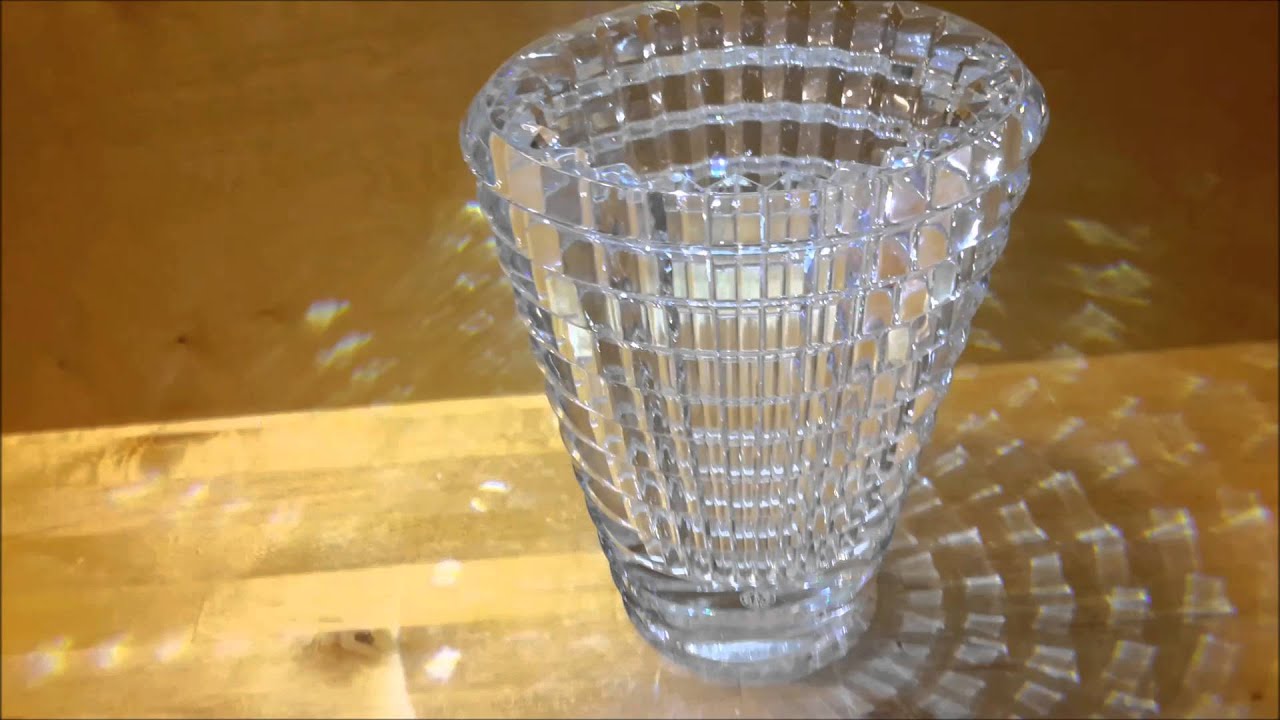

0 thoughts on “Why Does Crystal Glass Contain Lead?”